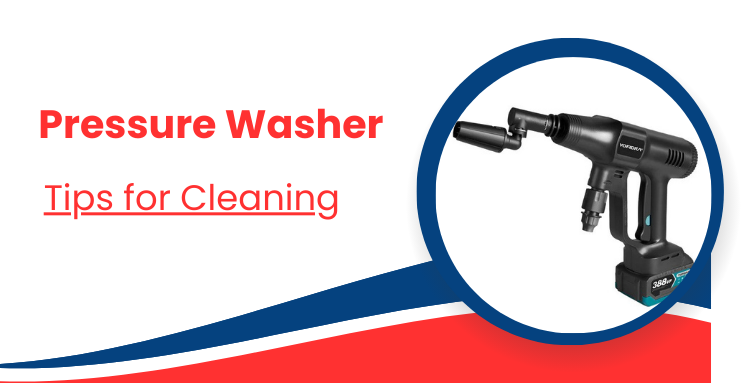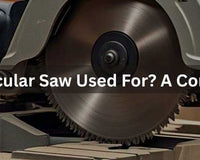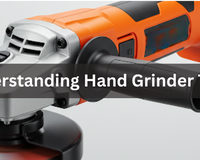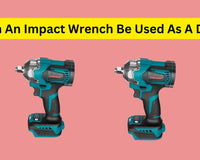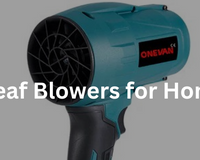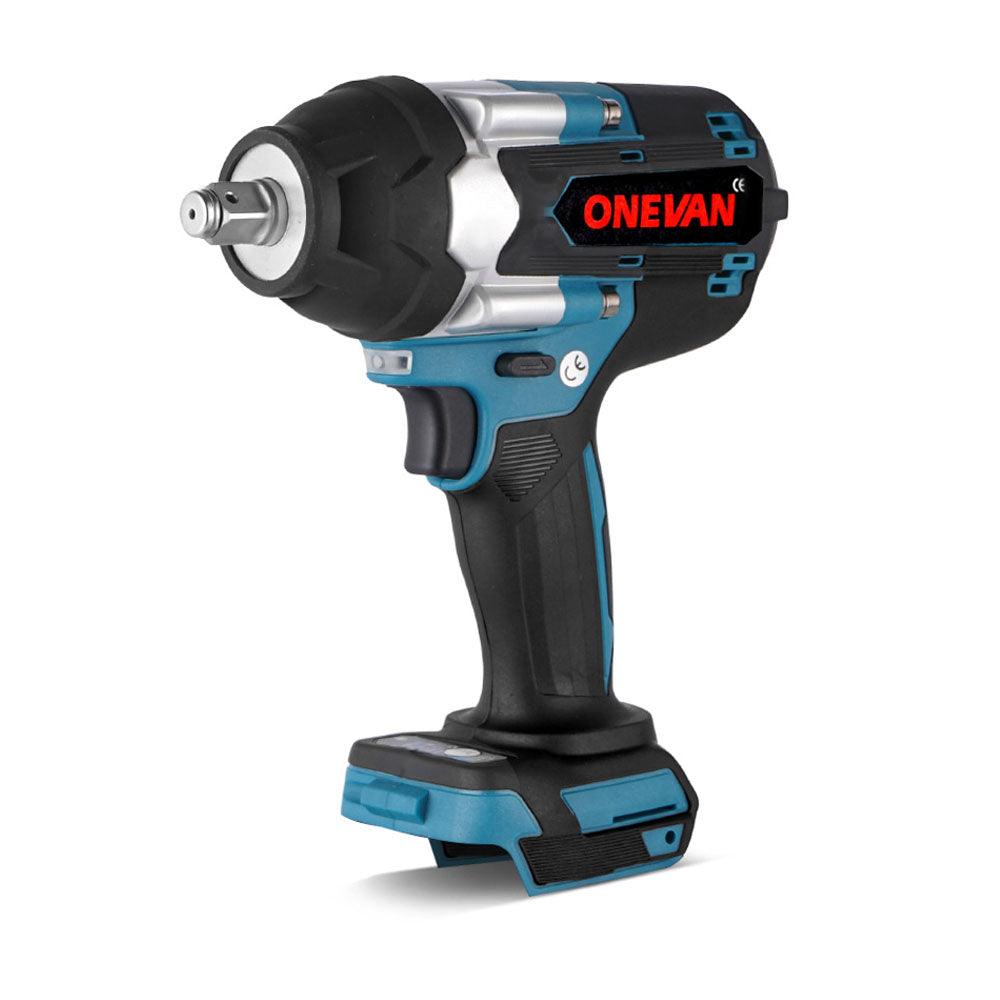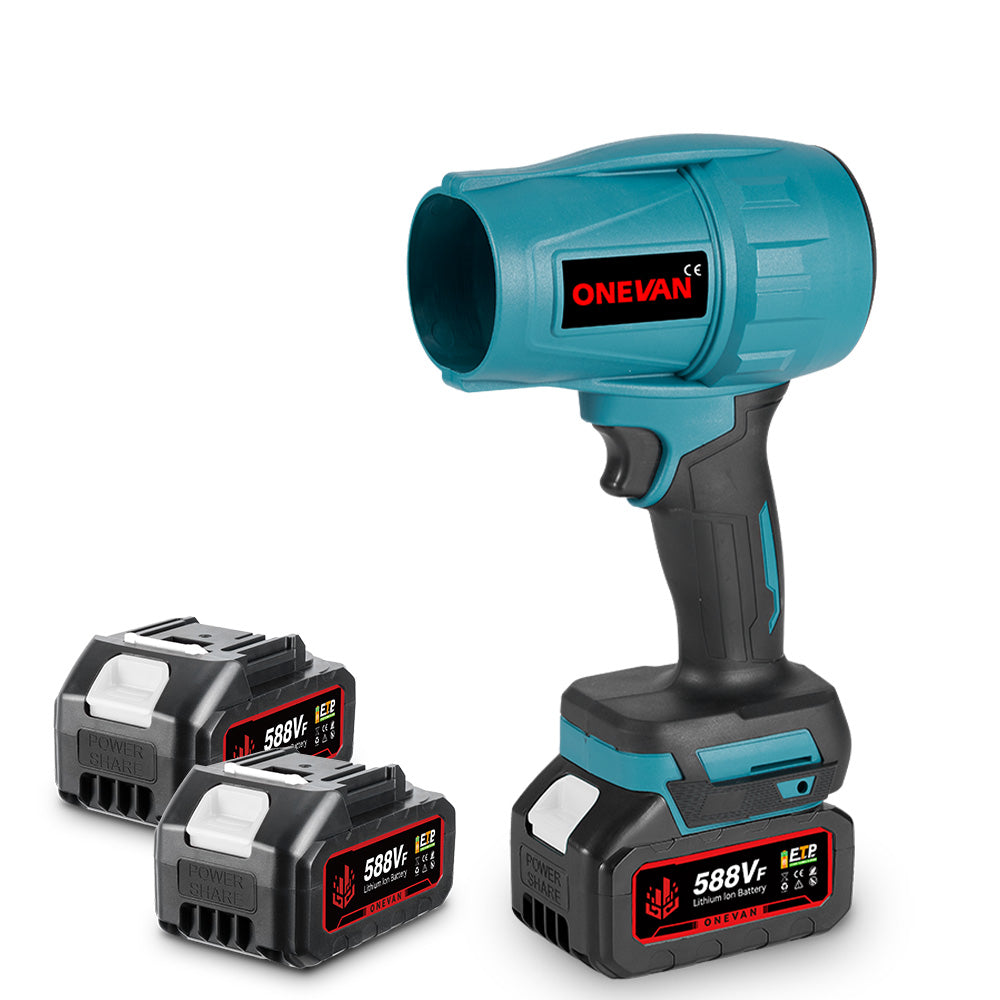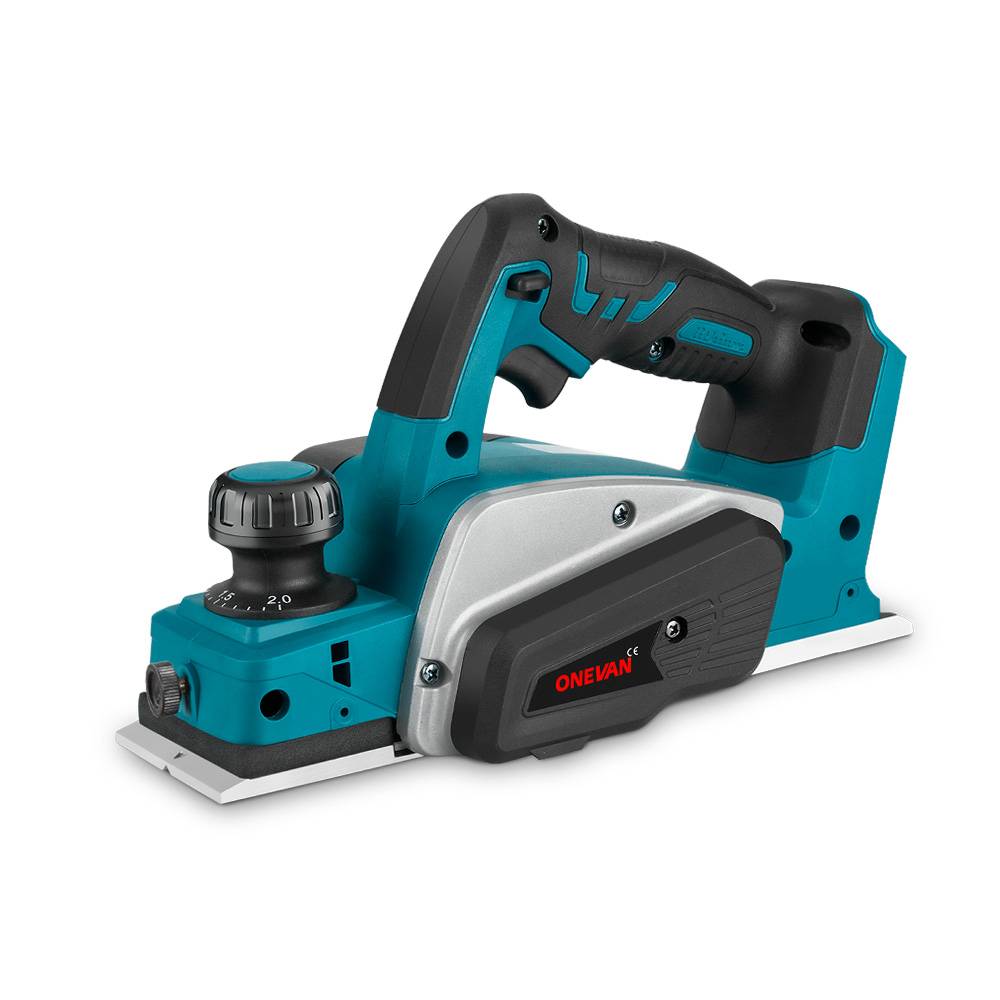This comprehensive guide aims to make you a pressure-washing professional! Below, we will focus on some key pressure washer tips. You are going to read techniques to increase efficiency and cleanliness when using a pressure washer more effectively.
Pressure washers are highly effective cleaning tools suitable for a variety of surfaces and tasks. These power tools can be found at any cleaning facility. The powerful water flow is good for cleaning dirt, grime, and stains from any solid surface. While pressure washers can save significant time compared to manual cleaning methods, improper use may lead to undesirable outcomes such as surface damage or streaking. However, it's important to note that 30 percent of pressure washer injuries resulted from errors such as using the wrong nozzle or improper cleaning techniques. Understanding proper nozzle selection and techniques can help mitigate these risks. This implies the need for updated knowledge to use your pressure washer as effectively as possible, which is what we will focus on providing below!
1. Selecting the Right Pressure Washer
This section examines the available components more closely, so you acquire the right washer for the job, which is essential to be ready before you start cleaning. Choosing a suitable pressure washer is similar to selecting the appropriate paintbrush. Although it seems trivial, no matter how creative and inspiring the idea is, the poor choice will inevitably ruin the results.
Understanding Pressure Washer Types: Electric vs. Gas-Powered vs. Cordless

There are three main varieties of pressure washers:
- Electric
- Gas-Powered
- Cordless
Each pressure washer has its own strengths and weaknesses. Below we shall discuss the pros and cons briefly.
1. Electric Pressure Washers:Advantages:
- Lighter weight and quieter operation
- Lower maintenance
- No emissions:
- Limited power
- Tethered by a cord
Advantages:
- Higher PSI
- Greater portability
- Heavier weight and louder operation
- Requires regular oil changes and spark plug replacements
- Fumes make them less eco-friendl
Advantages:
- Extremely Portable
- Lightweight and quiet
- Environmentally friendly
- Lower PSI
- Requires Recharging
- Higher cost
Consider ONEVAN 3500W 200Bar Brushless Electric Cordless Pressure Washer
|
Feature |
Description |
Specification |
|
Convenience |
Wireless design |
Voltage: 18V |
|
Motor |
Brushless motor |
Power: 3500W |
|
Water Supply |
Dual methods |
Gears: 3 adjustable pressure settings |
|
Water Pressure |
Up to 200 Bar (2900 PSI) |
Water Flow Rate: 380 L/h (6.3 L/min) |
|
Water Flow |
3.5 L/min |
Max Pressure: 200 Bar (2900 PSI) |
|
Filtration |
Stainless steel screen for water purification |
Water Pipe Length: 5 meters |
|
Multifunctional |
Cleans cars, plants, stains, and waters gardens |
Max Reach: 12 meters |
|
|
|
Motor Type: Brushless |
|
|
|
Outlet Nozzles: 6-in-1 Multifunctional |
2. Matching the Pressure Washer to the Cleaning Task
Here are three key considerations to keep in mind:Assess the Surface:
Each surface has a different level of tolerance. Here’s a rough guide:
* Surfaces with High Tolerance: Concrete, brick, stone, and metal structures can usually take a high level of pressure, over 2,500 PSI for heavy-duty cleaning.
* Soft Surfaces with Medium Tolerance: Wood decks, siding, and painted surfaces usually require a lower pressure range, typically between 1500 to 2000 PSI, to avoid damage.
* Delicate Surfaces with Low Tolerance: Cars, windows, and furniture typically need to be cleaned at a pressure below 1500 PSI to avoid scratching or stripping anything.
Consider the Size:
The size of the surface, in this case, can matter a lot. Gas-pressure washers, with their typically higher GPM (Gallons Per Minute) output compared to electric or battery-powered models, are better suited for larger surfaces such as driveways and patios, where buildup occurs more quickly.
2.1 PSI and GPM for Different Surface Materials Cleaning Tasks
The following table covers the range of PSI and GPM. Experts also suggest starting with a lower-pressure setting.
| Surface | PSI Range | GPM Range |
| Softwood (e.g., pine, cedar) | 500 - 1,200 PS | 1.2 - 1.6 GPM |
| Tile and Grout | 1,000 - 1,500 PSI | 1 - 2 GPM |
| Glass (e.g., windows, glass tables) | 1,200 - 1,600 PSI | 1.5 - 2 GPM |
| Vehicles (e.g., cars, boats, motorcycles) | 1,200 - 2,200 PSI | 1.4 - 2.8 GPM |
| Hardwood (e.g., oak, mahogany) | 1,200 - 1,500 PSI | 2 - 2.5 GPM |
| Stucco | 1,500 - 2,500 PSI | 1.5 - 2.5 GPM |
| Brick and Stone | 1,500 - 2,500 PSI | 2 - 3 GPM |
| Composite Materials (e.g., composite decking) | 1,500 - 3,000 PSI | 2 - 2.5 GPM |
| Asphalt | 2,000 - 2,500 PSI | 2 - 3 GPM |
| Tarmac | 2,000 - 2,500 PSI | 2 - 3 GPM |
| Metal Surfaces (e.g., metal siding, machinery) | 2,500 - 3,000 PSI | 2.5 - 3.5 GPM |
| Concrete | 3,000 - 4,000 PSI | 3 - 4 GPM |
Keep in mind that both PSI and GPM play crucial roles in cleaning efficiency. Higher GPM facilitates quicker cleaning, particularly over larger areas. Keep in mind that each pressure washer model varies in terms of performance and features. If the dust is too old, you can attach some soap to the washer – this measure should facilitate your activity.
Begin cleaning with a wider spray pattern, gradually narrowing the stream as needed and maintaining a suitable distance from the surface. This method ensures thorough cleaning, especially in hard-to-reach areas. However, do not forget to take all precautionary measures and wear gloves, glasses, and tight-resistant pants.

2.2. What PSI and GPM are Required for Different Dirt Cleaning Tasks?
The following is a detailed list of the PSI range for different dirt cleaning. Note that you should always start at a lower setting and raise as necessary to prevent any potential surface damage.
- For sensitive surfaces—vehicles, windows, awnings, and other delicate surfaces or surfaces with coatings—a gentle touch is always the way to go. A PSI of 1200-2000 and GPM of 1.4 to 1.8 are optimal to prevent any potential damage while keeping the cleaning.
- For old, painted surfaces, classic cars, and other older painted surfaces, a bit more caution is required, but not too much. Maintain the PSI under 1500 and utilize a wide-angle nozzle to ensure even water distribution and thorough cleaning on older painted surfaces. The GPM should range between 1.4 and 2.
- Light dirt removal—removing dust, pollen, and loose dirt from boats, vehicles, and outdoor furniture—calls for a moderate approach. The PSI of 1300-1600 and GPM of 1.4 to 1.6 is optimal.
- Moderate dirt—mud, sand, or milder algae/mold—on fences, decks, and concrete patio can be washed off with a PSI of 1600-2500 and GPM of 1.6 to 2.4 to cover more ground.
- Heavy dirt—oil stains, grease, and embedded mud—from driveways garage floors, and industrial equipment, require a tough approach. The optimal PSI here is 2500-3000 and the GPM of 2.5-3.5.
- For removing rust, tannin, and dried paint from concrete or cleaning heavy-duty equipment, the PSI is high, ranging from 2500 to 3000 or even higher, with a GPM of 3 to 4, and you may want to suggest testing a less conspicuous area first to ensure no damage occurs.
- For sticky or resinous dirt—tree sap and chewing gum—build up on sidewalks and commercial or industrial materials and building entrances, a PSI of 2500 to 3000 is optimal, with a GPM of 2.5 to 4, offering an equal balance of active water and rinsing strength.
- Tough biological growth on stones, roofs, and bricks—such as heavy algae, moss, and thick molds—requires the highest PSI, ranging from 2500 to 3500, with a GPM of 2.5 to 4.
- Large-scale or heavy-duty dirt and staining or industrial pressure washing requires a high PSI of 3000 to 4000 or higher and a GPM of 4 and higher.
2.3 What PSI and GPM are Required for Different Size Cleaning Tasks?
As we have already covered, choosing a pressure washer of proper size is not limited by PSI and GPM only. This part is dedicated to helping you choose the pressure washer size based on the size of your cleaning task.Small Tasks:
I am talking about residential use such as bicycles, grills, or small patio furniture. These items must be lightly dirty and require more accuracy rather than power. Electric pressure washers in a range of 1,300 to 1,800 PSI with a GPM of 1.2 to 1.8 are the best sizes for these purposes.
Medium Tasks :
These are the tasks that you might face in your everyday cleaning job, either at your residence or in the office.
Large Tasks :
Commercial jobs assume cleaning commercial vehicles, exterior building siding, or driveways. For these purposes, one must increase the power of a pressure washer significantly. In our case, we are talking about commercial-size pressure washers in a range of 2,900 to 3,300 PSI and 3 to 4 GPM.
Extra Large Tasks :
Finally, for the industrial tasks, we are talking about washing large buildings and industrial equipment, as well as removing dirt from a large portion of a concrete surface. In this case, industrial-sized pressure washers are a good choice. The most suitable sizes include professional ranges with a PSI of more than 3,300 and a GPM of 4 and higher.
3. Pre-Operation Checks and Safety Tips for Pressure Washing
Before you get busy with the cleaning process using your pressure washer, there are some pre-operation checks you need to run first and some safety tips to follow to ensure a safe and smooth cleaning routine. The present section is devoted to these problems and provides you with the information you will need for this.
3.1 Essential Safety Gear for Pressure Washing
The power of pressure washing is so high that it should never be underestimated. The pressure washer can cause serious injury to a person or damage when not properly handled. Therefore, you should not miss any of the following safety gear:
Eye protection:you should always put on safety glasses or a full-face shield. The power of the focused water stream can shove some debris, small stones, or cleaning chemicals that can hurt your eyes or make them inflamed. Proper eye protection gear should be made of impact-resistant materials and always be marked with 'ANSI Z87.1' to ensure they meet the necessary safety standards so that you understand they were manufactured by the proper required standards.
Hearing protection:Most gas-powered pressure washers are very noisy. If you work in such conditions for several hours without protection, experience with time will show that you are gradually losing your hearing. Therefore, you have to put on earplugs or earmuffs when operating the pressure washer. Make sure the NRR of the gear you are using is 25 or more.
Protective clothing:Wearing long clothing provides protection against skin exposure to splashing water and chemicals, minimizing the risk of infection. The long clothes will also provide you with comfortable wear in the time of flying debris.
Gloves:You will need strong and waterproof gloves with a proper grip. The danger of cutting or scraping your hands or getting them in contact with toxic chemicals can be very high, especially with electric pressure washers.
3.2 Pre-use Inspection: What to Check Before You Start a Pressure Washer
Take a few minutes and check everything before your pressure washing venture. First, look at your pressure washer. Make sure that the hose and the connective parts are not visibly damaged. The spray gun and the nozzles need to be free from being clogged or damaged. If the machine uses gasoline, ensure that you have enough oil and gas and check for any leakages to prevent potential hazards.
Check both the water supply level and the cleanliness of the inlet filter that supplies your machine. To finish it off, run a small test to ensure that all of the equipment is in order. Pay attention to any deviation in the spraying water and any odd sounds that the machinery might emit. Ensuring all equipment is in good working condition before use significantly reduces the risk of operational issues.
3.3 Understanding Your Pressure Washer Settings and Features
The critical settings are the PSI and GPM. The former defines the device’s cleaning power: lower PSI should be used for more delicate surfaces while the higher setting is for difficult tasks. At the same time, GPM determines the rate of work: higher settings are useful for larger areas to be cleaned since the work will be done quickly.
All other settings are designed to enhance the device’s functionality or ensure a safer operation. Adjustable wands allow for a change in the spray pattern which can simulate a change in pressure, but for significant pressure adjustments, changing the nozzle or adjusting the pressure settings on the machine is recommended, and tanks are used to add a soap solution. The thermal relief prevents the pump from overheating while the automatic shut-off function saves energy and reduces pump wear.
Some models offer on-the-fly pressure adjustment through pressure regulation knobs, and an electric start eliminates the need for rope-pulling in gas-powered devices.
4. Special Tips for Stubborn Areas
First, identify the type of stain to appropriately select the right pre-treatment solution. The next step includes the process of weakening the stain’s grip. You can effectively do so by applying a specialized cleaner and letting it sit for a bit. After allowing the cleaner to sit, remove the stain using a pressure washer.
A recommended approach is to start with lower pressure or milder cleaning solutions, following the 'go low and slow' principle. You should always start with a gentle approach to cleaning whether it means that it is in the form of lower pressure or milder cleaning solution. This move will minimize the risks associated with potentially destroying the surface by being too aggressive.
If this approach does not work, you can gradually increase the pressure or the concentration of the cleaning solution. In some cases, the best results can be achieved by performing a hot water pressure wash. This approach enhances the performance of water and chosen detergents, making them more effective in dealing with difficult dirt.
4.1 Tips for Using Detergents and Cleaners Effectively
It is all about the choice of the right cleaner. Although you have already chosen a suitable detergent, you should not rush to apply it. Instead, you are first expected to pre-treat the dry surface with the detergent from a sufficient distance. While selecting the pressure setting, high or low, depends on the stain's nature, using light-duty pressures is generally more effective and safer.
You will also need to move from the bottom to the top of the surface when you are pre-treating the surface to avoid streaking. Ensure you allow sufficient time for the detergent to act.
4.2 Tips for Grease and Oil Removal
A greasy mess has to be approached with a combination of methods. First of all, a degreaser has to be applied to the spot to reduce the oiliness. Secondly, hot water pressure washing has to be enforced using a high-pressure nozzle. Thirdly, in case the spot has a large amount of grease deposit, the latter should be separated from the surface by brushing or scrubbing.
Additionally, for extremely greasy spots, consider applying absorbent materials such as cat litter or sawdust before pressure washing. Apply these to the grease and let it last before the actual pressure washing. Remember that not all stains will be removed after the first degreaser application and cleaning. Degrease and clean the rest of the spot until it completely dissolves.
5. Eco-Friendly Pressure Washing Tips
The following water-saving techniques will allow you to pressure wash while reducing your environmental impact: use a high-efficiency model, wipe away grime before spraying, use water-saving nozzles, and scale your pressure depending on what you’re cleaning, treat with a broom or brush, never let the pressure washer idle, recapture and reuse rinse water.
Tips for Minimizing Environmental Impact
Reduce your environmental impact with eco-friendly cleaning agents. Properly cleaning with the appropriate pressure and attachments also decreases the need for unnecessary chemical use and water waste. If noise is a concern in the area, be considerate of your surroundings.
6. Tips on Pressure Washing Accessories
- Use high-pressure hoses to guarantee the lifespan of your machine.
- Choose the nozzles and spray options depending on the cleaning pattern that you need.
- Patio cleaners, undercarriage cleaners, and other surface cleaners help you focus on cleaning certain areas.
- Wands, such as extension wands and telescoping wands, allow you to reach more places than you could by hand.
- Brushes, which rotate to reach dirt that does not come off easily and that do not damage the surface, are used in areas where agitation will not cause damage.
Upgrading Your Pressure Washing Experience with Innovative Tools
Explore smart nozzles compatible with color-coded systems and adjustable ratios, multi-duty wands that can be used at various angles, and surface cleaners with dual rotating jets. Moreover, hot water pressure washers should be used for heavy-duty conditions.
Adjustable support belts should be used in conjunction with telescopic wands made of aluminum or fiber. Foam cannons which could regulate mix ratios should also be used, in addition to electronic pressure regulators. Finally, water brooms compatible with multiple nozzles should be employed when cleaning flat surfaces.
7. Maintenance and Care Tips for Longevity
- Maintenance Practices to Ensure the Longevity of Your Pressure Washer:
- Following the manual instructions for proper maintenance.
- Before each use, inspect the unit for damage.
- Flush out detergent after cleaning to avoid clogs.
- To keep spray patterns, clean nozzles.
- After use, pass clean water through the system to remove any debris.
- Replacing engine and pump oil following the manual.
- Regularly inspect and clean the air filter.
- Consider fuel stabilizer treatment for gas models when storing for extended periods to prevent fuel degradation.
- Winterizing by adding antifreeze in cold environments.
Troubleshooting Common Issues

The pressure washer does not start:
Low pressure:
- Water supply. The water supply may not be providing enough pressure and flow for your pressure washer to meet its nominal specifications. You can remove and clean the water inlet filter if it is clogged and restricting water flow.
- Nozzles. You can try swapping out the nozzle with a new one. Otherwise, you can clean and service the nozzle, especially if the water is also dirty. In some cases, the nozzle may be malfunctioning since it is too worn out.
Pulsating pressure:
- There could be air in the system. You can bleed the air and check if it stops pulsating. Otherwise, the pulsating pressure could be due to worn valves in the water pump.
- Bleed the system without triggering the pump and shut it off when the water flows regularly. If it does not stop pulsating, consult a service center.
Pressure washer leaks water:
- There could be loose connections. Inspect and tighten connections on hoses, fittings, and the pressure pump to address potential leaks.
- The leaks could also be due to worn seals and gaskets. Replace the seals and gaskets if you can still see the connection leaks.
Pressure washer leaks oil:
- The oil filler cap and the oil drain are common areas to start checking for leaks. After inspecting the oil filler cap and drain, check the crankcase for cracks, which could also be a source of oil leaks.
8. Avoiding Common Mistakes: Tips for Pressure Washing Dos and Don’ts
| Action | Description |
| Do | Wear safety gear (glasses, gloves, pants, shoes) |
| Don't | Skimp on protection |
| Do | Test a small area first to verify pressure and material reactions |
| Don't | Wash the entire surface immediately |
| Do | Choose the right nozzle based on the cleaning task |
| Don't | Use a one-size-fits-all nozzle approach |
| Do | Maintain a safe distance as specified in the manual |
| Don't | Stand too close to the surface you're cleaning |
| Do | Take your time for a thorough cleaning |
| Don't | Rush the job, which can lead to uneven cleaning or damage |
9. Conclusion:
In conclusion, while any type of cleaning involves some risks to health and equipment, adhering to these dos and don’ts of pressure washing will help minimize them. You should always take safety measures, take your time cleaning, and use the right nozzle and pressure for the job. Any of these simple tips are important and can help you clean without any unwanted surprises.
10. FAQ:
1. How do I get the most out of my pressure washer?
A systematic approach towards your cleaning projects will help to maximize its overall effectiveness. This includes planning your cleaning path and choosing the right spray pattern. You should not forget about soap, too! The cleaning agents, which you are going to use, will highly raise the cleaning effects of the water. Last but not least, by regular maintenance, you will keep your pressure washer at its best. You will always have the tools you can trust are capable of performing the best outputs.
2. What is the difference between green and white pressure washer tips?
The color in pressure washer tips shows the degree of the spray, and that influences how strong and straight the water stream can be. The green nozzle has less of a diffuse spray pattern, averaging around 25 degrees. This is perfect for more challenging cleaning tasks like getting dirt and grime off concrete. The white nozzle has a much larger spray pattern, usually around 40 degrees. This generates a gentler stream of water suitable for cleaning more delicate surfaces like siding and windows without damaging them.
3. What color pressure washer tip is strongest?
Red pressure washer tips are the most powerful. A red nozzle generates a 0-degree spray pattern, giving a truly concentrated and powerful pressure. It is perfect for extreme cleaning tasks such as removing stubborn stains or stripping paint from surfaces. Nevertheless, you should use this nozzle with extreme caution as it may damage surfaces easily.
4. Is 2300 PSI enough to clean concrete?
2300 PSI can effectively remove lighter dirt and grime from concrete, such as mildew and dust. However, for tougher stains or paint removal, higher PSI and surface cleaner attachments may be necessary. The numbers are quite large to give an adequate result but not so high to lose control over the process. To sum up:
1: 2300 PSI is enough to wash away the lighter dirt and grime on concrete. For example, it is good for mildew, a small layer of dust, and other random debris.
2: To effectively remove tough stains, paint, or a thick layer of grime, it is advisable to use a pressure washer with a higher PSI and a surface cleaner attachment.
5. Is there a difference in pressure washer tips?
Yes, different tips produce different spray patterns and pressures to accommodate different jobs.
- Red (0-Degree
- Green (25-Degree)
- White (40-Degree)
- Black (65-Degree)
6. What PSI are professional pressure washers?
Professional pressure washers typically operate in the range of 3,000 to 4,000 PSI, suitable for tasks such as paint stripping and tough stain removal. Industrial-grade washers may exceed 8,000 PSI for more demanding cleaning needs. This pressure is used to strip paint and remove tough stains.
7. At what pressure will water cut skin?
Although there isn’t a clear-cut-off point, some sources claim that as little as 1000 PSI might penetrate the skin in some situations, particularly at close range. 2500 PSI and above are the danger zone. The high-pressure water at this speed can lead to serious injury, including deep cuts, punctured organs, and water injected into oneself. High-pressure water injections are dangerous since they may bypass the skin barrier with its numerous layers
8. How many PSI to wash a car?
For vehicle washing, a pressure washer with a power level of 1500 PSI to 2000 PSI is sufficient. It is good for removing dirt and grime while securing the paint. 1500 PSI is enough for cleaning tasks with moderate dirt and grime while 2000 PSI handles tough cleaning tasks.
9. Is 4000 PSI too much for concrete?
While 4000 PSI can be effective for most concrete cleaning tasks, it is important to use caution and potentially lower pressure settings on older or more delicate concrete to prevent surface damage.
10. What will 6000 PSI do to a human?
Exposure to 6000 PSI can cause severe and potentially life-threatening injuries. It is crucial to never direct a pressure washer at people or pets.

